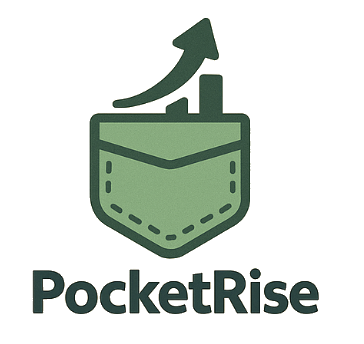Budgeting doesn’t have to be complicated – and the 50/30/20 rule is proof of that. Whether you’re just starting your personal finance journey or looking to simplify your spending, this rule offers a flexible, easy-to-follow framework for managing your money.
In this guide, we’ll break down exactly what the 50/30/20 budget rule is, how it works, and how to start using it today.
What Is the 50/30/20 Budget Rule?
The 50/30/20 rule is a money management guideline that helps you divide your after-tax income into three simple categories:
- 50% Needs
- 30% Wants
- 20% Savings & Debt Repayment
It was popularized by Senator Elizabeth Warren in her book “All Your Worth: The Ultimate Lifetime Money Plan” and has become one of the most widely recommended budgeting strategies.
The Breakdown: What Goes Into Each Category
50% Needs
These are your non-negotiables – the essential expenses that you absolutely must cover to live and work.
Examples:
- Rent or mortgage
- Utilities (electricity, water, heating)
- Groceries
- Transportation (gas, insurance, public transit)
- Minimum debt payments
- Health insurance
💡 Tip: If your “needs” take up more than 50%, it may be time to reassess fixed expenses – especially housing or car costs.
30% Wants
This category is for your lifestyle choices – the things that bring joy, convenience, or fun but aren’t essential to survive.
Examples:
- Dining out and takeout
- Streaming subscriptions (Netflix, Spotify, etc.)
- Hobbies, entertainment, and shopping
- Travel
- Upgrades and luxury items
🧠 Quick check: If you can live without it, it probably falls into “wants.”
20% Savings & Debt Repayment
This is where you build financial stability – by paying down debt faster or saving for your future.
Examples:
- Emergency fund
- High-interest debt repayment (beyond the minimum)
- Retirement accounts (IRA, 401(k), etc.)
- Investments
- Savings for large goals (house, wedding, education)
This category is your path to financial freedom – don’t skimp on it.
How to Use the 50/30/20 Rule in 5 Steps
- Calculate Your After-Tax Income
Add up what you actually take home after taxes, health insurance, and any automatic deductions. - Break It Down
Multiply your income by:- 50% for Needs
- 30% for Wants
- 20% for Savings/Debt
- Needs = $2,000
- Wants = $1,200
- Savings/Debt = $800
- Track Your Spending
Use a budgeting app like YNAB, Tiller, or Mint to categorize and monitor where your money’s going. - Adjust If Needed
If your needs are over 50%, look for areas to trim. If you’re underspending on wants, great – redirect the surplus into savings. - Revisit Monthly
Life changes – so should your budget. Review your numbers regularly to stay on track.
Tools to Make It Easier
Want to try it out for yourself? Here are a few tools that make implementing the 50/30/20 rule simple:
- You Need A Budget (YNAB) – Great for proactive budgeting
- Tiller Money – Connects to Google Sheets for custom control
- Empower (formerly Personal Capital) – Ideal for tracking and investing
- Rocket Money – For automatic tracking and subscription management
(Some of these are affiliate links – we may earn a small commission if you use them at no cost to you.)
Final Thoughts
The 50/30/20 rule is powerful because it’s simple, flexible, and rooted in reality. It won’t solve all your financial problems overnight, but it gives you a clear framework to build better habits.
Start small, track consistently, and tweak as needed. Even if you can’t hit the perfect 50/30/20 split right away, moving in that direction can make a massive difference over time.



